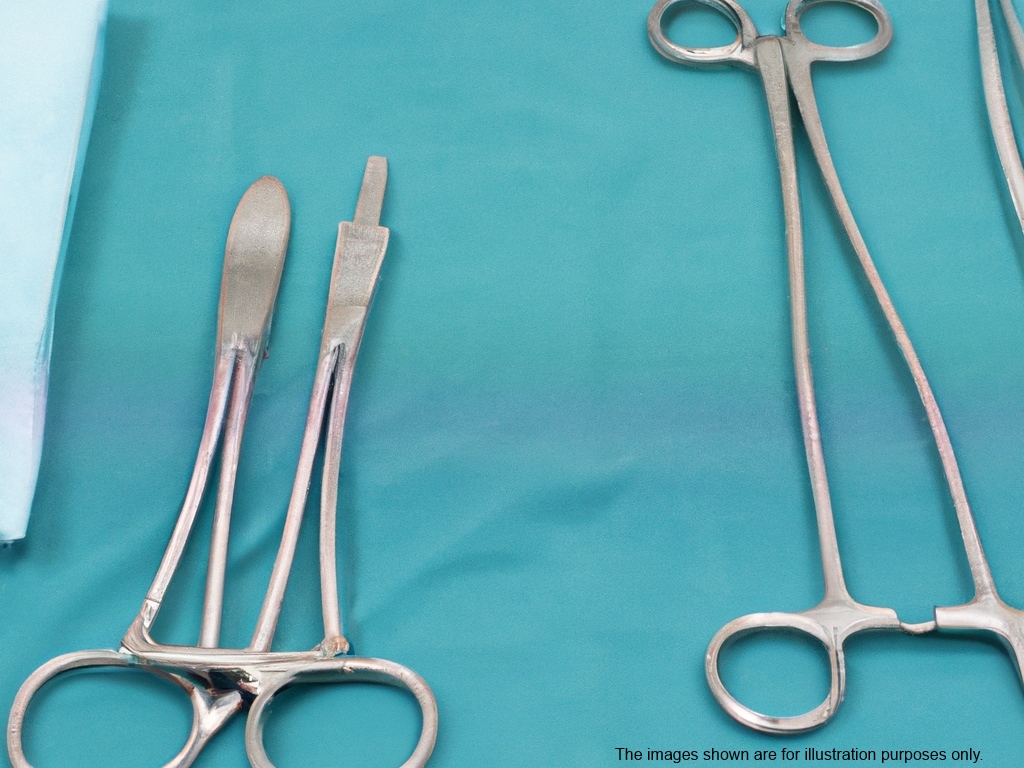Pancreas Cancer

Pancreatic cancer is distinguished based on its impact on either the
exocrine or endocrine functions of the pancreas. This differentiation is
crucial as both types have distinct risk factors, causes, symptoms,
diagnostic methods, treatments, and prognoses.
Exocrine pancreatic cancer, affecting the majority, often presents as either
benign cystadenomas or malignant adenocarcinomas, accounting for 95% of
cases. Typically originating from gland cells in pancreatic ducts,
adenocarcinomas can also arise from acinar cells (acinar cell carcinoma).
Other less common exocrine cancers include adenosquamous carcinomas,
squamous cell carcinomas, and giant cell carcinomas. Ampullary cancer,
occurring at the junction of bile and pancreatic ducts with the duodenum, is
also associated with exocrine functions.
On the other hand, tumors affecting the endocrine functions of the pancreas,
termed neuroendocrine or islet cell tumors, are less frequent. Named after
the specific hormone-producing cell involved, these tumors include
insulinomas, glucagonomas, gastrinomas, somatostatinomas, and VIPomas.
Functioning tumors produce hormones, while non-functioning ones do not.
While most of these tumors are benign, non-functioning ones tend to be
malignant.
Symptoms of pancreatic cancer are diverse and dependent on tumor location,
spread, and size. Often, symptoms are nonspecific, contributing to late
diagnoses. These include upper abdominal pain, jaundice, loss of appetite,
nausea, vomiting, weight loss, weakness, pale stool, and steatorrhea.
Additionally, pancreatic cancer is associated with Trousseau's sign -
spontaneous blood clots - and clinical depression.
Diagnosis involves thorough physical exams, medical histories, and imaging
tests like ultrasound, CT scans, MRIs, and PET scans. Blood, urine, and
stool tests, alongside biopsies, aid in confirmation.
Cancer staging, determined by tumor size, lymph node involvement, and
metastasis, guides treatment decisions. Treatment options include surgery,
chemotherapy, and radiation therapy. Surgical removal of the tumor offers
curative potential, while chemotherapy and radiation aim to shrink tumors
and alleviate symptoms. Combination therapies are common, with newer
targeted drugs showing promise.
Preventive measures for pancreatic cancer are limited, with smoking
cessation being a primary recommendation. Maintaining a healthy lifestyle,
including regular exercise and a balanced diet rich in fruits, vegetables,
and whole grains, may also contribute to reducing risk. Some studies suggest
a potential role for certain vitamins, such as vitamin D and B vitamins, in
lowering pancreatic cancer risk, but evidence remains inconclusive.
undo Common Diseases in Singapore